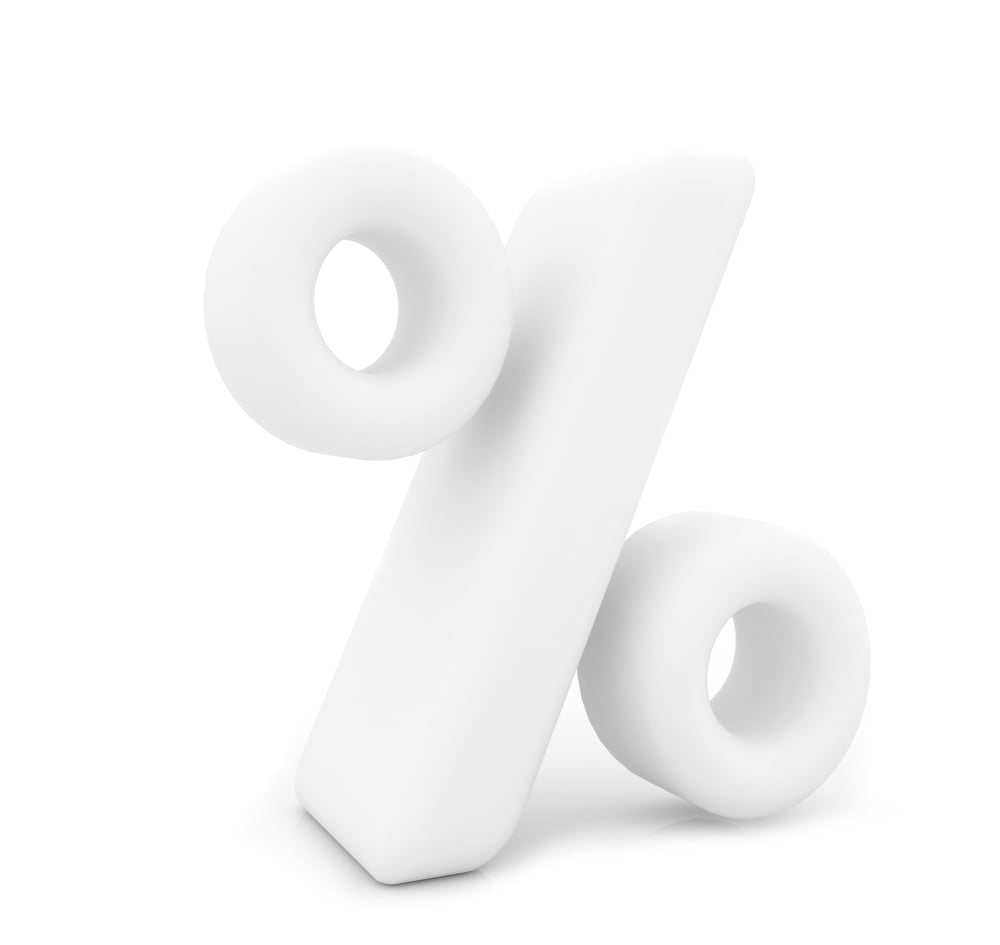15 min read
SB 326 Balcony Law & Reverse Mortgages: What California Seniors Must Know
Introduction
California’s SB 326 often called the “Balcony Law” was enacted in response to a series of tragic balcony...

A reverse mortgage can be a fantastic tool for homeowners aged 62 and older, providing a means to tap into their home equity to supplement retirement income. However, a common concern among prospective borrowers is why reverse mortgage rates tend to be higher than those for traditional mortgages. This blog aims to demystify the reasons behind this disparity.
Understanding Reverse Mortgages
Firstly, it's essential to understand what a reverse mortgage is. Unlike a traditional forward mortgage where the borrower makes monthly payments to the lender, a reverse mortgage works in the opposite way. The homeowner borrows against their home equity, and the lender pays the homeowner either a lump sum, monthly payments, or a line of credit.
Reasons for Higher Rates
Risk Management: The structure of a reverse mortgage introduces more risk for the lender than a traditional mortgage. With a reverse mortgage, the homeowner doesn't make monthly payments, and the loan balance increases over time. The lender waits to get paid until the homeowner moves, sells the house, or passes away. Because this can be many years in the future, the lender must account for the added risk, including the uncertainty of the home’s future value.
Insurance Costs: Most reverse mortgages are Home Equity Conversion Mortgages (HECMs), which are insured by the Federal Housing Administration (FHA). This insurance protects the lender if the homeowner's loan balance exceeds the home's value when it's time to repay the loan. The costs associated with this insurance are passed on to the borrower, contributing to higher rates.
Loan Servicing: Servicing reverse mortgages can be more complicated and labor-intensive than servicing traditional mortgages due to their unique nature. This includes tracking and disbursing payments, ensuring the borrower maintains the home and stays current on taxes and insurance. The costs of these services are often folded into the reverse mortgage interest rate.
Regulatory Oversight: Reverse mortgages require more intense regulatory oversight to protect consumers, often leading to additional compliance costs. These costs, in turn, influence the final rate the borrower pays.
Limited Competition: The reverse mortgage market is less competitive than the traditional mortgage market, which means fewer lenders are vying for business by offering lower rates.
Conclusion
While it's true that reverse mortgage rates can be higher than traditional mortgage rates, it's essential to remember that they serve different purposes. Reverse mortgages offer unique benefits like no monthly mortgage payments, flexible payment options, and the ability to tap into home equity to increase retirement income.
However, like all financial decisions, it is critical to evaluate all aspects of a reverse mortgage thoroughly. Engage with a trusted financial advisor or a mortgage professional at Equity Access Group to ensure you fully understand the costs associated with a reverse mortgage. This way, you can make an informed decision that best suits your financial needs and retirement goals.
Jul 15, 2025by Jason Nichols
California’s SB 326 often called the “Balcony Law” was enacted in response to a series of tragic balcony...
Jul 1, 2025by Jason Nichols
Are you a homeowner in your 60s looking for a way to stretch your retirement income? Well, a reverse mortgage might be...
Jun 16, 2025by Jason Nichols
A reverse mortgage loan lets eligible homeowners borrow money against their home equity without making monthly mortgage...